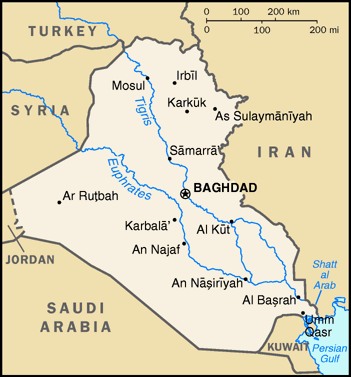The US airstrikes against ISIS in Iraq have had an only extremely minor impact on the ISIS fight against the Kurds, and they look to be even less worthwhile today, as military officials reveal ISIS changes in tactics to respond to them.
 Before the US began attacks on Friday, ISIS was behaving like a traditional military, with its forces moving deliberately and in plain sight. Once the US strikes began, the ISIS troops dispersed, using familiar insurgent tactics to blend in with the local population.
Before the US began attacks on Friday, ISIS was behaving like a traditional military, with its forces moving deliberately and in plain sight. Once the US strikes began, the ISIS troops dispersed, using familiar insurgent tactics to blend in with the local population.
The transition severely limits the US ability to target ISIS fighters on the ground, but doesn’t seem to be limiting their ability to continue to press the offensive along various frontiers with both the Iraqi military and the Peshmerga.
The US clearly should have seen this coming, as ISIS is essentially just the old al-Qaeda in Iraq (AQI) insurgency from the last US occupation, only bigger and much better equipped.
The US has plenty of experience unsuccessfully fighting insurgencies, and must be well aware of how little value aerial attacks are against it. That the administration bothered to go down this trail at all once again suggests that the long-term assumption is to escalate the war into a ground invasion.


